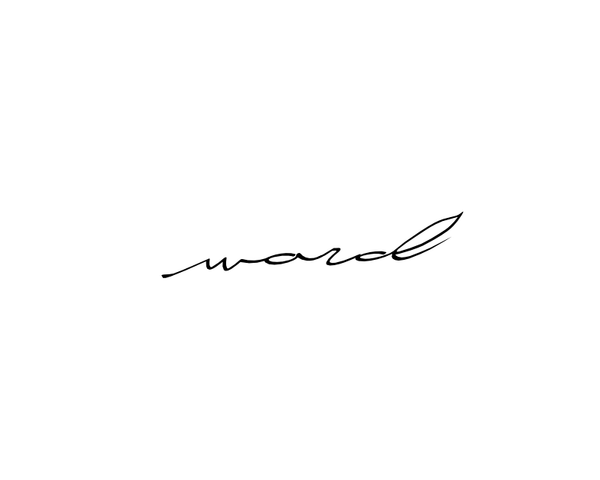
COFFEE × Flavour
The relationship between coffee and taste.
The flavor of coffee is primarily determined by the quality of the green beans, the roasting method, and the extraction technique, but surprisingly little is said about the "taste" that perceives it.
This time, I will briefly explain the main points about the relationship between coffee and taste.
1. What is taste?
Taste is a sensation that is generated when taste receptor cells on the tongue react chemically with substances placed in the mouth. It is also deeply related to the sense of smell and the trigeminal nerve (which senses texture, temperature, etc.) to generate flavor. Naturally, taste varies from person to person. It is also a sensation that still has many aspects that are unknown.
2. The relationship between taste and temperature
The human sense of taste perceives different flavors depending on the temperature of the substance placed in the mouth.
3. Differences in taste and temperature perception
Five basic tastes = sweet, sour, salty, bitter, umami
It is generally said that the temperatures at which people find food delicious are 60℃ to 70℃ for hot food and 5℃ to 12℃ for cold food .
Sweetness is felt most strongly at around 35°C, which is close to body temperature, while saltiness and bitterness are felt more strongly as the temperature drops, and sourness is hardly affected by temperature at all.
- As perception varies from person to person and certain substances have unique chemical reactions, not all values necessarily fall within this range.
For example, it is often said that light roast coffee tastes better when the temperature is slightly lower, and when we consider this from a chemical perspective, we can see that this is generally correct.
Due to its nature, light roast coffee is often brewed at a high temperature of around 90℃ to 95℃ to fully extract the ingredients. Therefore, although the aroma is strong immediately after brewing, the temperature is higher than the optimum temperature and the flavor cannot be fully detected by the human palate. You will first notice a strong acidity, which is not said to be affected by temperature. By lowering the temperature to a level where your palate can detect the flavor, you will be able to feel the original complex flavor of the coffee.
On the other hand, cold coffee, such as cold brew, is chilled in the refrigerator and poured into a cup with ice, but at that point it is often below 5°C, which is slightly lower than the ideal temperature and makes it difficult to fully appreciate the flavor. It is delicious if you drink it immediately, but I think you will be able to appreciate a more complex flavor if you let it sit for a little while.
-The lower the temperature, the more bitter the taste becomes noticeable, but in the case of cold brew, the extraction temperature is low, so the bitter components are not easily extracted, resulting in a mellow flavor.
4. The ideal temperature for drinking specialty coffee
In conclusion, the flavor of hot coffee is most easily perceived when its temperature has dropped a little, while the flavor of cold coffee is most easily perceived when its temperature has risen slightly .
- Immediately after brewing, hot coffee begins to lose its aromatic components and undergo chemical changes (oxidation, etc.), and if it is left outside the appropriate temperature range for some time, these will be replaced by negative components. Please make sure to drink it within the appropriate temperature range.
This is a brief summary, but there are still many aspects of taste that we have not yet understood, and when we consider its relationship with other senses, the amount of information is vast and complex, making it difficult to generalize. However, this time I have briefly explained the relationship between the taste of coffee and taste in general terms.
We hope that this information will help you to enjoy specialty coffee with its excellent flavor characteristics to the fullest.
